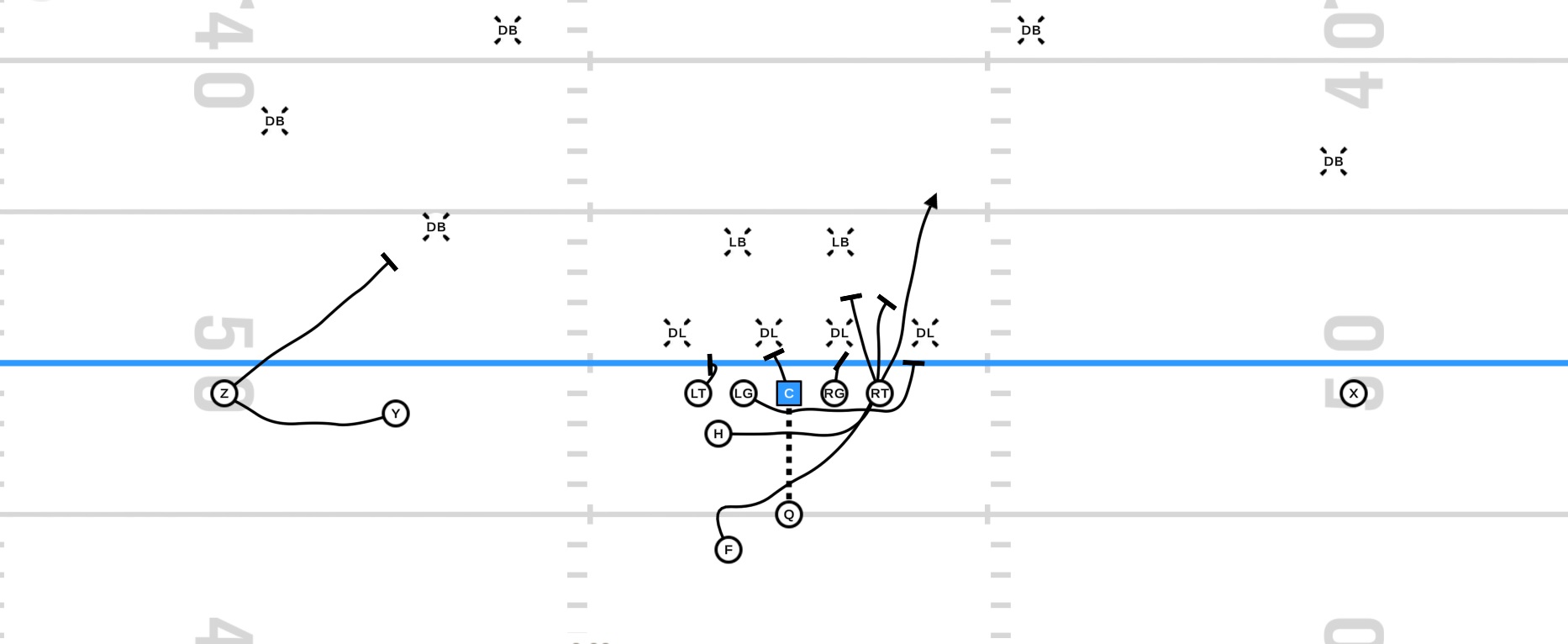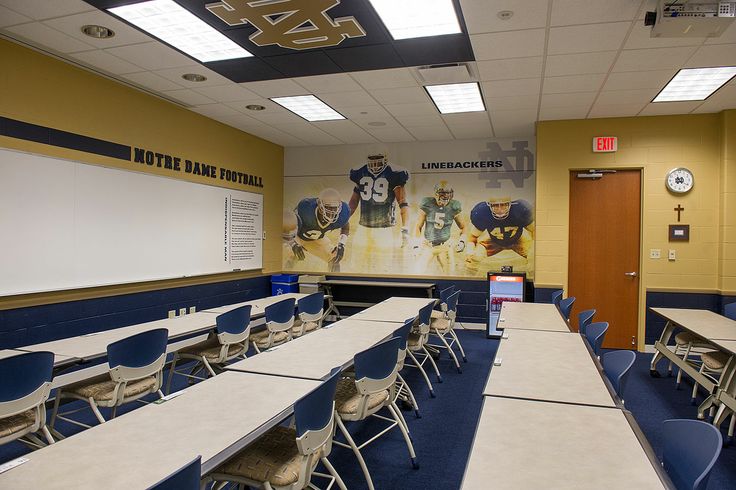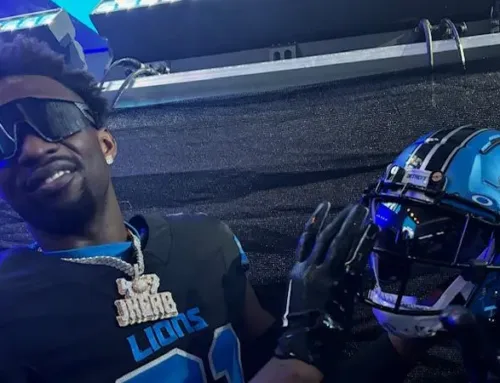The most prominent running play against the Midshipmen was, in my opinion, the Counter play. Counter is a gap blocking scheme play that utilizes misdirection and masses of humanity to create often devastating holes in the defensive structure. Many of Gerad Parker’s other runs seek to create cutback lanes for the running back by maintaining a balance in the box. On the other hand, Counter seeks to create a man advantage directly at the point of the attack that the running back can then exploit. Counter can be run from all the formations that the Irish use, including Under Center, Pistol, and Shotgun.
On an unrelated note, here is a video of (most) of the condensed offensive plays from Saturday’s game versus Navy.
Verbiage
The verbiage I am going to use is “Counter-x-x-x” Where the letter in X is the position pulling. So Counter-G means the guard is pulling, and counter G-F-H would mean three offensive players are pulling. Not all counter plays require a pulling offensive player: I will call that one “Counter-Bend” (There were no examples of this play in the Navy game).
Advantages of Counter
Counter is an effective way to run toward the weak side of the formation because it causes the defense to flow away from the intended attack vector. Counter initially looks like the backside of Inside Zone because the down blocks are blocks in the same direction as an Inside Zone away. Counter also compliments Split Zone well because the H’s movement could be misunderstood as split flow. Finally, the counter step the running back takes can cause the defense to flow the wrong direction.
Classic Counter

In the classic counter play where the guard is pulling, the running back often (but not always) takes a counter step in the direction that the play is going away from. In the meantime, the offensive line utilize a gap running scheme where the playside tackle and guard block down, the center blocks down and the backside guard pulls and kicks out the End-Man-Line-Of-Scrimmage (EMOL, typically a linebacker or defensive end). The H (H-back/Tight End) pulls and blocks the nearest second level defender playside.
Counter G-H
The first play example is from the Blue-Gold game. It is a Counter G-H play from the pistol formation. Unfortunately for the Blue team, the offensive tackle on the playside has difficulties with his down block on the defensive tackle. This effectively blew up the intended play, although the running back makes something out of nothing for a nice play.
Counter H
This play is Counter-H. Due in part to both Notre Dame’s fantastic blocking and Navy’s ineptness on the defensive front, the red seas part and the H-back leads the way for a nice gain for the running back.
Counter G-H
In Notre Dame’s first touchdown of the season out of a goal line formation, Gerad Parker dials up Counter G-H for a good conversion.
Counter G-F-H
In this first play of the season play, the Irish again dial up a heavy formation and elephants go on parade toward the weak side of the formation for a nice Irish first down.
Further Reading
https://www.milehighreport.com/22451001/difference-between-zone-and-gap-scheme
http://breakdownsports.blogspot.com/p/run-concepts.html
http://grantland.com/the-triangle/draw-it-up-the-kansas-city-chiefs-and-the-counter-trey/





Counter’s and Trap’s were the bread and butter of our HS team. Was glad to see ND use them to great effectiveness against Navy.
It must be a really fun play to be a part of. Those pulling people can absolutely crush defenders.
Counter was my favorite. It really gets everyone involved with great angles and confused DL.
We would run what I guess you would call Counter-G-T. Play side OL all down block, backside G pulls flat down the line and smears EMOL, backside tackle follows then leads up the whole. Big hits all around for the whole OL.
This must have been one of changes from last year Rudolph (and Parker) introduced into the playbook. Ohio State, Clemson, USC nd Duke have bigger NTs who can hold the line of scrimmage better in a 3-4 than Navy. We seem to be running more on both sides and the middle, which should help with teams that slanted towards our left side like USC did.